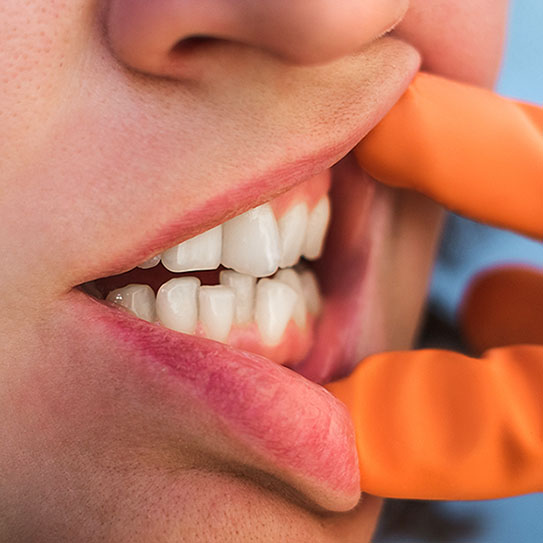WHEN MOST PEOPLE think about the reasons for straightening teeth, appearance and oral health are usually the first things that come to mind. However, orthodontic treatment can also play a critical role in improving speech. Crooked teeth, bite issues, and jaw misalignment can all interfere with the way you pronounce certain words or sounds. For children learning to speak or adults struggling with unclear speech, orthodontic care may offer a solution that improves both confidence and communication.
The Connection Between Teeth and Speech
Speaking clearly requires a coordinated effort between the lips, tongue, teeth, and palate. Teeth help guide the tongue into the correct positions and control the flow of air and sound. When teeth are misaligned or crowded, they can obstruct proper tongue movement and airflow, resulting in distorted or unclear speech.
Crooked teeth can contribute to a variety of speech problems. The severity of the issue often depends on which teeth are misaligned and how much the bite is affected. Orthodontic treatment can gradually correct these misalignments, leading to more precise articulation and improved clarity.
Common Speech Issues Linked to Misaligned Teeth
Some of the most common speech challenges caused by crooked teeth include:
- Lisping: A lisp often occurs when the tongue protrudes between the front teeth during speech, especially when pronouncing “s” or “z” sounds. If the front teeth are spaced apart or if there is an open bite, the tongue may not be able to make proper contact, which can result in a lisp.
- Whistling Sounds: When the teeth do not meet evenly or there are gaps, air can escape in unintended ways during speech. This can cause whistling sounds, especially when saying words with “s” or “sh.”
- Slurred or Muffled Speech: Crowded or overlapping teeth may limit how freely the tongue can move inside the mouth. When the tongue cannot reach the right positions, speech may sound slurred or muffled.
- Difficulty Pronouncing Certain Words: Misalignment in the front teeth or jaw can make it difficult to pronounce specific consonants clearly. Sounds that rely on tongue-to-tooth contact, such as “t,” “d,” and “n,” may be especially affected.
How Orthodontic Treatment Can Help
Orthodontic treatment addresses the root causes of these speech issues by aligning the teeth and improving the bite. Braces or clear aligners gently move teeth into better positions over time, which allows the tongue and lips to function more effectively during speech.
In many cases, orthodontists work alongside speech therapists when patients have more complex speech issues. While orthodontics improves the physical structure, speech therapy can help patients adjust to new oral movements and develop clearer pronunciation habits.
Clear Teeth, Clear Speech
Straightening teeth does more than improve your smile. It can also remove obstacles to clear communication. If you or your child struggles with speech and has visible dental misalignment, a consultation with an orthodontist may be an important step toward greater clarity and confidence. With proper treatment, many patients experience improvements not only in how they look, but also in how they speak and express themselves every day.







